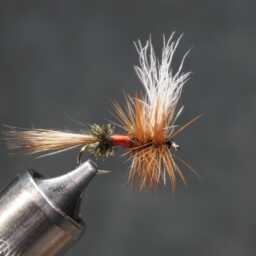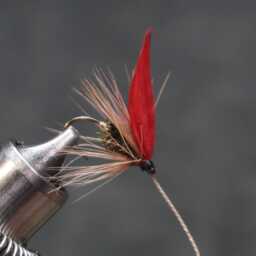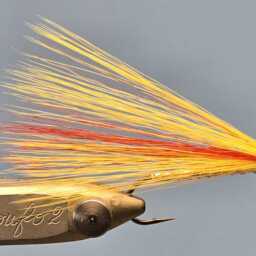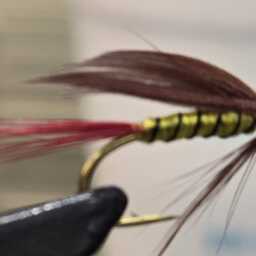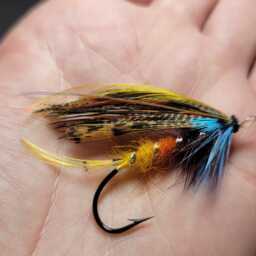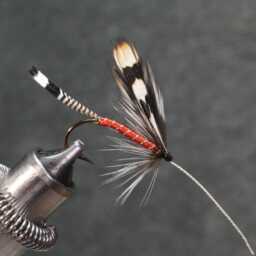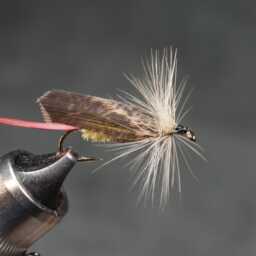In fly tying, swift feathers are valued for their versatility. The secondary feathers are commonly used for wings on both dry and wet flies, while the dark brownish-black body hackles can be utilized for nymph legs or as a soft hackle.
Swifts, members of the family Apodidae, are highly aerial birds known for their impressive flying abilities. Although they may resemble swallows, swifts are not closely related to them and are classified in the order Apodiformes, alongside hummingbirds. Within the swift family, there is also a related group called the Hemiprocnidae, which includes the tree swifts.
The name “swift” comes from the Greek word ἄπους (ápous), meaning “footless,” reflecting these birds’ small, weak legs. This characteristic was so pronounced that medieval heraldry often depicted swifts without feet, as seen in the heraldic martlet.
Swifts are among the fastest birds in level flight, with species like the white-throated needletail reaching speeds of up to 169 km/h (105 mph). The common swift can cruise at a maximum speed of 31 meters per second (112 km/h; 70 mph) and, over a year, may cover at least 200,000 km, totaling around two million kilometers in its lifetime.
The wing structure of swifts is highly specialized, with proportionately long wingtip bones that enhance their efficiency and maneuverability. Swifts, like hummingbirds, can rotate their wings from the base, allowing them to maintain a rigid and extended wing position. This unique wing movement produces both lift and thrust on the downstroke, while the upstroke creates a negative thrust (drag) that contributes to lift, aiding in their aerial control and maneuverability.
Interestingly, swiftlets, or cave swiftlets, have developed echolocation to navigate in dark caves where they roost. Some species, such as the Three-toed swiftlet, have even been observed using this navigation system at night outside their cave roosts.
« Back to Glossary Index
